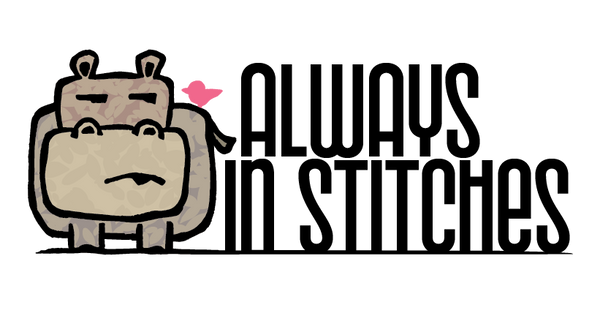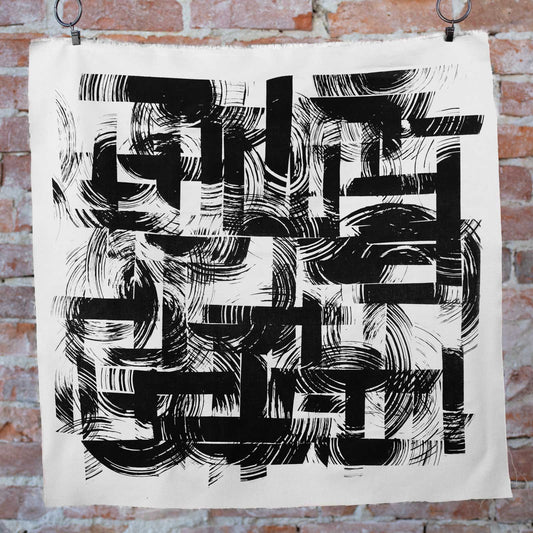Quilted Easter Eggs
Share
This is a perfect project for mixing bold prints in a small space—don’t be afraid to get playful.
From punchy to sweet, we have so many designs that shine in this project. A hit of high-contrast edging turns our Lollipop panel into a sculptural little object with editorial energy. Or keep it soft and textural by pairing two prints on the same base fabric for a more tonal effect. Wildflower is always a go-to—it behaves like a watercolor when pieced with itself, or layered with Woven Arrows and Queen Anne.
These quilted eggs are more than a sewing experiment—they’re mini works of art that add a splash of color and surprise to your spring table. Tuck one beside each napkin or scatter a few down the center—instant tablescape magic.
Use what you’ve got, dig into your scraps, or finally cut into that fabric you’ve been saving. Every egg is a new combo, and no two ever come out quite the same.
How to Make a Quilted Easter Egg
What You'll Need:
- The Quilted Egg Template Sheet — (includes three shapes for one egg)
- Small pieces of quilted fabric — or fabric you quilt just for this project!
- Fabric strips for edging
- Basic sewing supplies (thread, scissors, pins/clips, sewing machine or needle)
Instructions:
Download the Template Sheet
Print the sheet, which includes three shapes: the bottom half, top half, and back of the egg.
Tip: For best results, make sure your print settings are set to 100% or “actual size”—avoid scaling the PDF.
Prepare Your Quilted Fabric
Gather small quilted fabric pieces—leftovers from past projects work great, or you can make new ones just for this. Play with color and texture! Mixing prints between the top and bottom halves and contrasting them with the binding can make your egg extra fun. Don’t worry about the fabric on the back side of your quilted layers—it won’t show. I often use scraps with test prints.
Trace and Cut
Trace all three egg shapes onto your quilted fabric using the templates. Carefully cut them out. Set aside the largest piece (the back) and keep the two smaller halves handy for the next step.
Make the Edging
Cut a fabric strip about 1½" wide and slightly longer than the two egg halves placed side by side. Fold the strip in half lengthwise, then fold the raw edges in toward the center fold to make your binding.
Bind the Edges
Tuck the straight edges of the top and bottom egg halves into the folded binding and sew in place.
Assemble the Egg
Layer your pieces in this order:
- Back piece (largest), right side up
- Bottom half (smallest), right side down, placed on top of the back and aligned so the bottom curves match
-
Top half (medium), right side down, overlapping the bottom half and aligned with the top curves of the back piece
Clip the layers together and sew around the outer edge with a ¼" seam allowance. As long as you catch all the layers and follow the curve, you’re golden.
Turn the egg right side out, and it’s ready to fill with a note, candy, or a little surprise!









